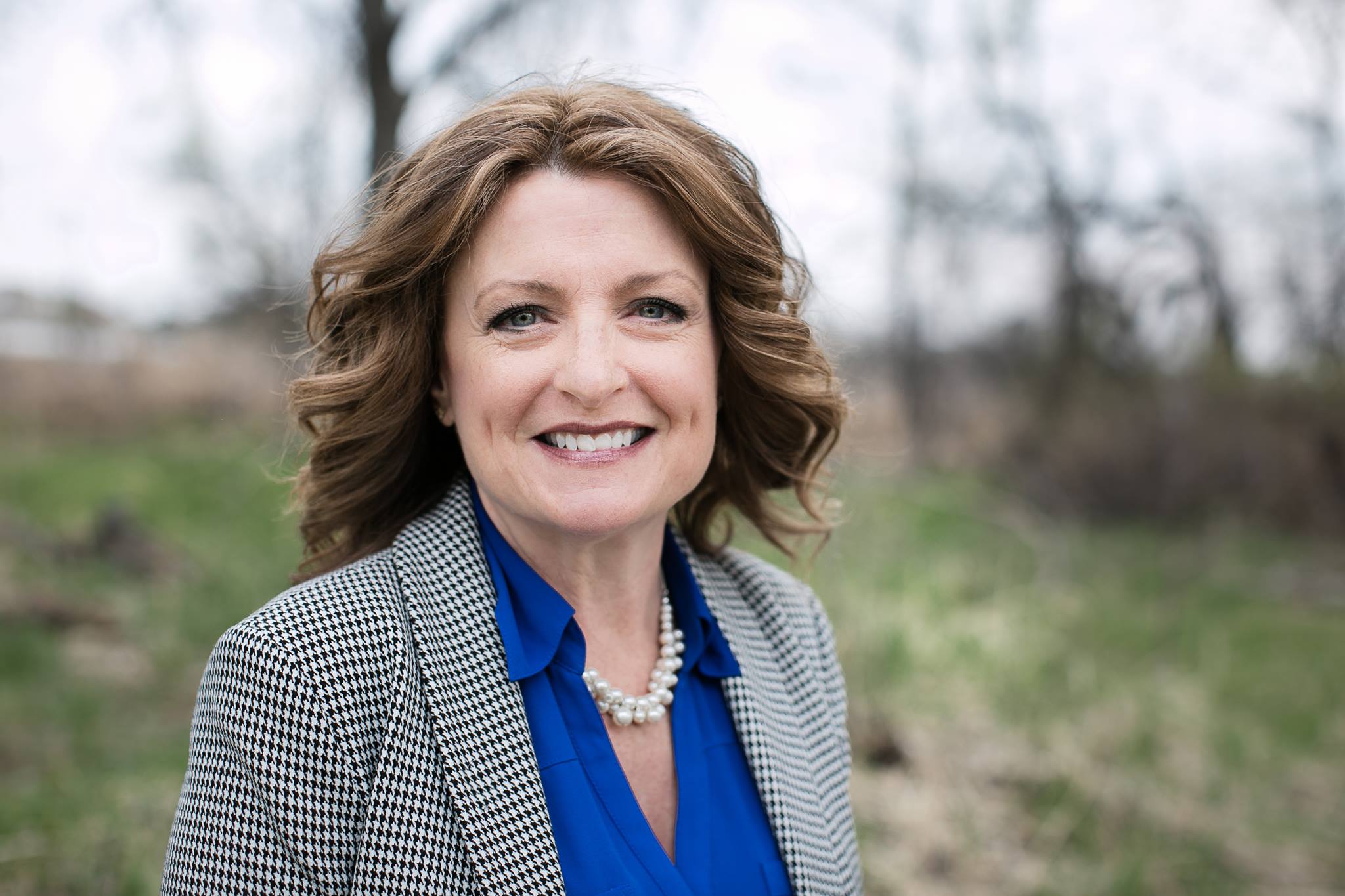
During warmer weather, you probably don’t think much about your heating bill. But when you don’t need it is the best time to make changes and upgrades to your home so that throughout winter, you can live in blissful warmth. Some changes, such as exchanging your old single-pane windows for those double or triple panes with low U-factors, or mitigating drafts, leaks, and gaps should be top of the list. But, if you really want to make a difference in your energy bill, read up on passive building principles.
Passive building concept
Using building science, the five main principles of passive building techniques give measurable, efficient use of energy. Builders joined with scientists from the US and Canada way back in the 1970s to develop the original principles using funding from the US Department of Energy and the Canadian government. In the next decade, German and other northern European scientists and builders added more information. Distilled for current use, they are:
- Continuous insulation throughout the building’s “envelope” (the weather, air and thermal barriers).
- Creates an airtight envelope to keep outside air from entering and conditioned air (heated or cooled) from escaping.
- High-performance windows allow in light but mitigate temperature transference.
- Heating and cooling systems utilize heat and moisture-recovery ventilation and “minimal-space” air conditioning.
- Exploits the sun’s energy for light and heat but minimizes solar impact during cooling.
How it works
The exceptionally snug insulation and design strategies use the heat from appliances and the home’s occupants to keep the indoor temperatures steady through all four seasons and in each weather condition. It does this by constant mechanical filtration to keep the air quality high. This mixture of insulation and continuous low-level filtration prevents mildew and mold spores from establishing and growing inside the home.
This type of construction especially benefits allergy prone-family members or those with respiratory illnesses.
To receive passive house certification, the design must have high R-value insulation and demonstrably less (90% less) energy required for heat. Overall energy use must be 60 to 70 percent lower compared to similar-sized standard code-built homes.
Other features contributing to the passive energy savings include flat-paneled rooftop solar water heating systems that typically heat water to between 99 and 140 degrees, even in cloudy weather. Other passive homes include the use of wood heat for the coldest of winter days.
Metal roofing, especially in snow-prone areas, allows snow to slide off the roof, and utilizing covered porches and patios protects the home’s entrances from rain and snow buildup.
If you’re interested in a certified energy efficient home. Let your real estate professional know so that the houses you see fit your requirements.
About the Author

Susan McBride
Life is all about change, and real estate is no exception. Whether you're a first-time home-buyer, ready to find your dream home, downsizing or rightsizing, or working through any other real estate scenario, I would be honored to be at your service!
